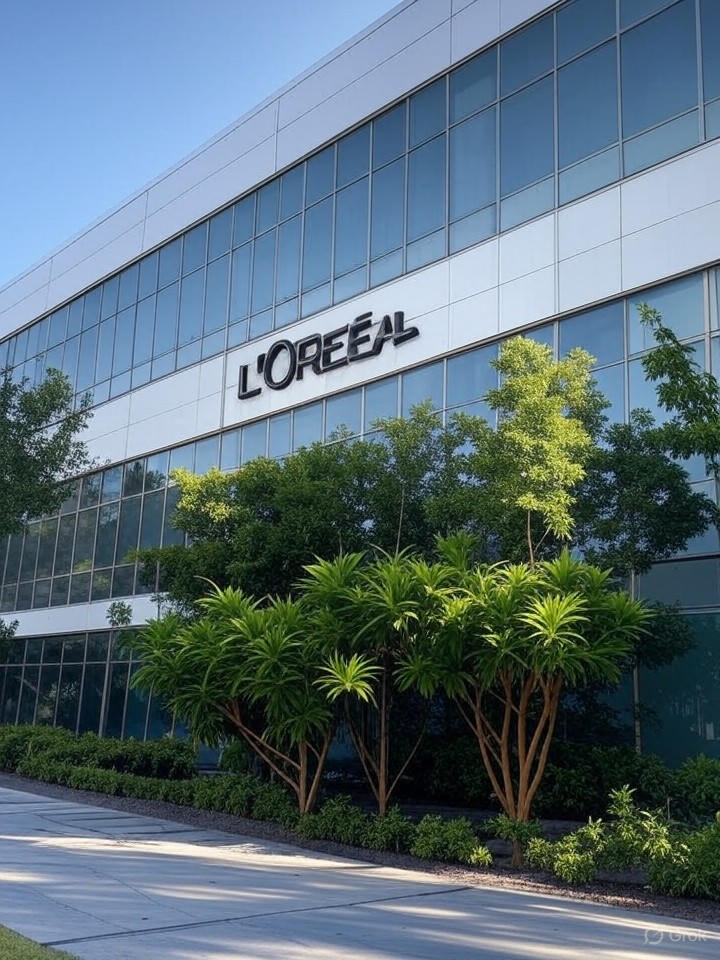L’Oréal SA, the French cosmetics giant, is betting big on Mexico with a planned investment exceeding $80 million in 2026, aimed at expanding its manufacturing footprint in a market that’s rapidly becoming a linchpin for global beauty production. The expansion targets the company’s two key plants in San Luis Potosí and Mexico City, where it intends to ramp up output of hair care and color products to meet surging North American demand. This move underscores Mexico’s growing allure as a nearshoring hub, especially amid shifting trade dynamics and supply chain realignments.
According to details reported in Mexico News Daily, the investment will create around 1,000 direct and indirect jobs, injecting vitality into local economies. L’Oréal’s San Luis Potosí facility, in particular, is slated for a 50% capacity increase, positioning it as a critical export center for the region. Company executives have highlighted Mexico’s strategic advantages, including its young, beauty-conscious population and proximity to the U.S. market, which together make it one of L’Oréal’s top 10 global markets, reaching over 56 million households.
Strategic Positioning in a Competitive Global Market
This expansion comes at a time when the beauty industry is navigating post-pandemic recovery and inflationary pressures, yet L’Oréal’s half-year results for 2025, as detailed on its finance site, show a resilient 3% like-for-like sales growth to €22.47 billion. By bolstering production in Mexico, L’Oréal aims to capitalize on these trends, enhancing efficiency and reducing lead times for North American consumers. Insights from Personal Care Insights emphasize that the focus on hair products aligns with booming demand, driven by social media influences and evolving consumer preferences for personalized beauty solutions.
Industry analysts note that Mexico’s role as an export hub is amplified by recent trade agreements and infrastructure improvements, making it an attractive alternative to Asian manufacturing bases. L’Oréal’s move also reflects broader foreign direct investment trends in Mexico, with companies like Unilever announcing parallel expansions, as seen in recent posts on X highlighting job creation and economic boosts.
Economic Ripple Effects and Job Creation Dynamics
The job creation aspect is particularly noteworthy, with the 1,000 positions spanning manufacturing, logistics, and support roles. This could help mitigate unemployment in regions like San Luis Potosí, where industrial growth has been uneven. Drawing from reporting in Global Cosmetics News, the expansion is expected to be completed by 2026, potentially increasing annual output from the current 420 million units produced in Mexico.
Moreover, L’Oréal’s investment signals confidence in Mexico’s stability despite geopolitical uncertainties, such as potential U.S. tariff changes. Posts on X from business observers, including those from Mexico News Daily’s feed, express optimism, noting how this aligns with other multinational commitments, like BYD’s planned entries, fostering a united front for economic unity.
Innovation and Sustainability at the Core
Beyond sheer production scale, L’Oréal is integrating sustainability into the expansion, aligning with its global commitments to reduce carbon footprints. The company’s recent completion of a $160 million R&I center in New Jersey, as covered in PR Newswire, hints at how innovations from there could flow into Mexican operations, enhancing product development for Latin American tastes.
For industry insiders, this investment isn’t just about volume—it’s a calculated play to deepen market penetration in emerging economies. Mexico’s young demographic, increasingly engaged with digital beauty trends, offers fertile ground. As Mexico Business News points out, the country serves as a gateway to broader Latin American expansion, where L’Oréal has already partnered for digital deployments with brands like Kiehl’s and Lancôme.
Challenges and Future Outlook Amid Global Shifts
Yet, challenges loom, including supply chain vulnerabilities and currency fluctuations. L’Oréal must navigate these while ensuring the expansion delivers on efficiency gains. Comparative investments, such as the firm’s earlier digital pushes in Latin America via OSF Digital, suggest a holistic strategy blending physical and virtual growth.
Ultimately, this $80 million infusion could redefine L’Oréal’s operational blueprint, strengthening its competitive edge in a sector projected to grow robustly. As current discussions on X indicate, stakeholders view it as a positive harbinger for Mexico’s industrial resurgence, potentially inspiring similar moves by peers in the beauty and consumer goods arenas.




 WebProNews is an iEntry Publication
WebProNews is an iEntry Publication